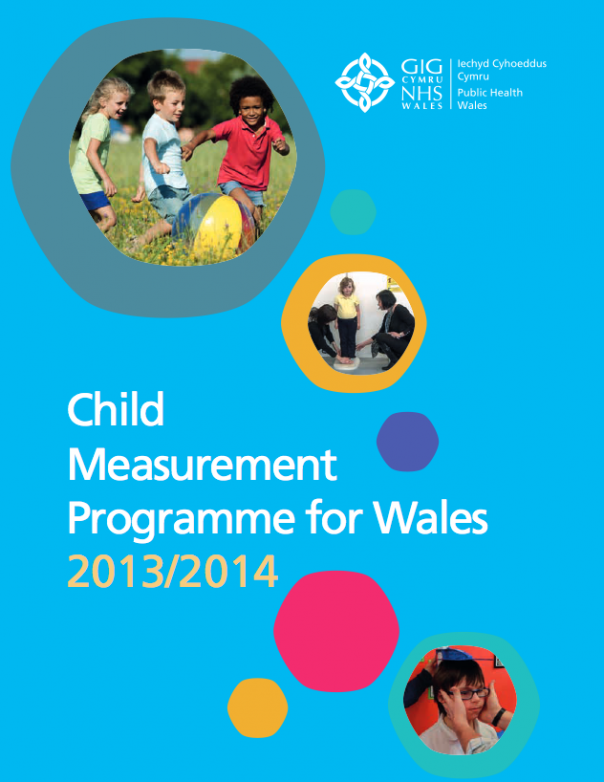Public Health Wales report finds strong relationship between child obesity and deprivation

Over a quarter of four-to-five year olds in Wales have a body mass index (BMI) indicating they are overweight or obese, according to a report published by Public Health Wales.
The Child Measurement Programme also found a strong relationship between levels of unhealthy weight and deprivation in Wales.
28.5% of children living in the most deprived areas of Wales were overweight or obese, compared to 22.2% in the least deprived areas.
The gap has reduced slightly since 2012-13. Less than 1% of children (0.8%) were underweight.
26% of the children measured had a BMI classified as being above a healthy weight. The figure is higher than in England, where 23% of five year olds are categorized as being overweight or obese.
Linda Bailey, consultant in Public Health for Public Health Wales, said: “This report provides extremely valuable information to assist us in helping children to achieve a healthier weight.
“The Child Measurement Programme is an ambitious piece of work which year-on-year provides us with the most up-to-date and accurate picture of the state of child growth in Wales.
“Even though nearly three quarters of children have a healthy weight, this year’s findings once again highlight the stark difference in child growth depending on where children live. We know there are higher rates of overweight and obese children living in our poorer communities.”
Dr Tracey Cooper, chief executive of Public Health Wales, said: “We are grateful to all the families that allowed their children to take part in this valuable piece of work.
“We have much to do to tackle the high rates of children above a healthy weight in Wales, especially in our most deprived communities.
“We will team up with partners across Wales to work more closely with families and communities to improve people’s health where they live, learn, work and play.
“We will do more to focus on improving health and wellbeing in the early years, where we know we can have the biggest impact.”
For the first time this year, the report also looked at the prevalence of obesity in rural and urban areas. I found no significant difference between the two.
The findings are from the third annual report of the Child Measurement Programme, a national surveillance programme run by Public Health Wales.
The programme uses information gathered by school health teams on the heights and weights of children in reception year in Wales.
Over 90% of four-to-five year olds took part in this year’s study. 30,669 children were measured as part of the programme for this year’s report.
To read the full Child Measurement Programme 2013/14 click here.
